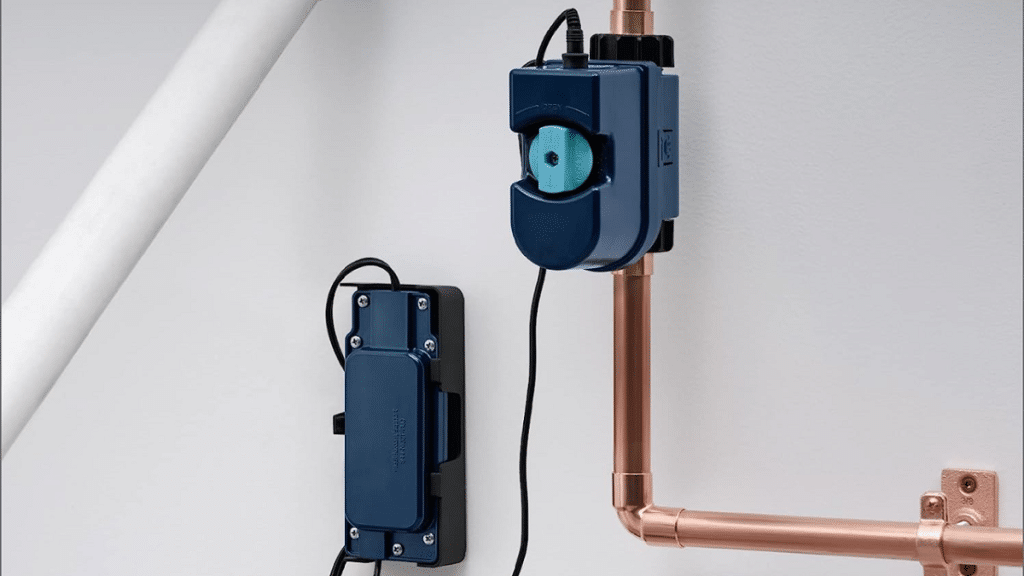Water is one of our most valuable resources, yet it’s also one of the most commonly wasted. From leaky faucets and overflowing tanks to inefficient irrigation systems, the ways we waste water—often without even realizing—can quickly add up. In a world where sustainability is becoming increasingly critical, smart water management offers a practical and effective solution.
Thanks to the rise of modern technology, managing water usage is no longer a manual task. Sensors, switches, and automated systems are making it easier than ever to monitor, control, and conserve water in homes, businesses, and large-scale industrial operations.
In this article, we’ll explore how intelligent devices—especially water sensors and switches—are revolutionizing water management, helping both individuals and organizations save water, time, and money.
Why Smart Water Management Matters
Before diving into the tools that make it all possible, it’s important to understand why smart water management is worth the investment.
The average household can waste hundreds of gallons of water each year due to unnoticed leaks and inefficient water use. On a commercial or municipal scale, that figure can rise dramatically. Smart systems not only detect inefficiencies but also offer real-time data and automation features that help you take action immediately.
Beyond the cost savings, responsible water management supports long-term environmental sustainability. It helps preserve clean water supplies, reduce energy usage (especially when heating or pumping water), and ease the burden on wastewater treatment facilities.
Key Sensors and Switches in Water Management
1. Water Flow Sensors
Water flow sensors are used to track the movement and volume of water through a pipe. These devices are incredibly helpful in detecting abnormalities such as unusually high usage, which could signal a leak. Some advanced models can even shut off the water supply automatically if a major issue is detected.
These sensors are widely used in smart homes, irrigation systems, and even in commercial settings like hotels and hospitals to ensure water is used only when necessary.
2. Leak Detectors
Placed near common leak points like under sinks, behind appliances, or in basements, leak detectors sound an alarm—or even send a notification to your smartphone—when they come into contact with water.
Some leak detection systems integrate directly with smart home ecosystems, allowing you to monitor multiple areas at once. This type of automation helps mitigate water damage and reduce unnecessary waste.
3. Smart Irrigation Controllers
Outdoor water use, especially for lawns and gardens, can be one of the biggest culprits of waste. Smart irrigation controllers use data from weather forecasts, soil moisture levels, and even sun exposure to determine the optimal watering schedule.
Instead of running on a fixed timer, these systems adjust in real-time based on actual conditions, ensuring your landscape gets the water it needs—no more, no less.
4. Float Switches
In tanks, reservoirs, and sumps, managing water level is critical. Overflow can cause flooding, while low water levels can damage equipment. A float level switch helps maintain the ideal water level by turning pumps or valves on and off automatically. These switches are commonly used in everything from aquariums and rainwater harvesting systems to industrial cooling systems.
What makes float switches particularly useful is their simplicity and reliability. By responding to the position of a floating element on the water’s surface, they provide a clear and direct method for level control without the need for complicated sensors or programming.
5. Pressure Sensors
Water pressure that’s too high can strain your pipes, while low pressure might indicate blockages or leaks. Pressure sensors monitor the force of water in your system and help maintain it within an optimal range. Some systems will automatically adjust pressure using a pump controller, ensuring both performance and safety.
These sensors are especially important in high-rise buildings, commercial operations, and areas with fluctuating municipal supply pressure.
Real-World Applications
Residential Homes:
Smart water meters, leak detectors, and irrigation controllers can help homeowners monitor their usage, lower their utility bills, and avoid expensive repairs from unnoticed leaks.
Commercial Buildings:
Hotels, office buildings, and shopping malls use automated water systems to ensure restrooms, kitchens, and landscaping operate efficiently. This also improves the user experience for guests and customers.
Agriculture:
Farmers use smart irrigation systems powered by soil moisture sensors and weather data to reduce water consumption without affecting crop yields. The result is a more sustainable and cost-effective approach to farming.
Industrial Sites:
Factories and plants depend heavily on water for cooling, cleaning, and processing. By installing level switches, pressure sensors, and flow meters, these facilities can fine-tune their water usage and prevent costly disruptions.
Moving Toward Smarter Systems
The beauty of smart water management is that it doesn’t require an all-or-nothing approach. You can start with a few simple upgrades—like adding a leak detector or a float switch—and scale up over time as your needs and budget allow.
Most modern systems are modular and compatible with other smart home or building systems, so integration is relatively straightforward. Plus, as technology becomes more affordable, the return on investment continues to improve.
Conclusion
Water is too precious to waste, and with today’s technology, we no longer have to. From flow sensors and smart irrigation controllers to the reliable float level switch, there’s a wide range of tools available to help individuals and industries alike manage water more wisely.
Making the shift toward smart water management doesn’t just save money—it also promotes a more sustainable future. Whether you’re a homeowner looking to lower your water bill or a facility manager aiming for operational efficiency, integrating sensors and switches into your water system is a smart, future-proof move.

